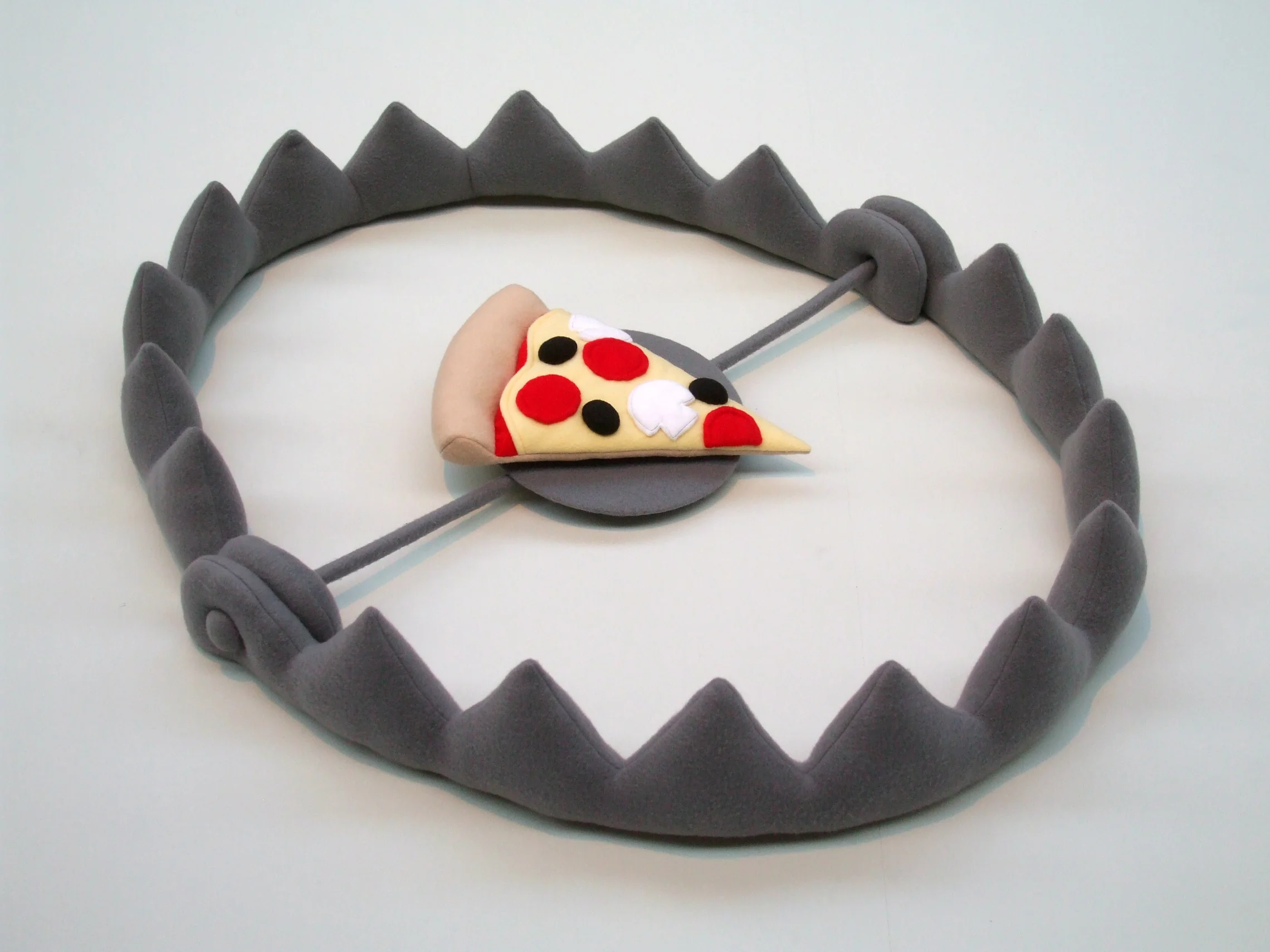Vincent James: Animating Reality
by Sara Jaspan
Generations of children have grown up watching TV-cartoons from the 1950s onwards. The often improbable storylines and self-contained worlds that characterise the form have a simple charm that can mesmerise viewers for hours on end. Indeed, cartoons have claimed a special place within our public consciousness – most of us could easily identify the characters from Tom & Jerry, Roadrunner or Family Guy for example. What interests PAPER artist Vincent James, however, is the subtler way in which the background objects and supporting props from these stories have also seeped into our frame of reference. Though we don’t think about it, most could bring an image of Grandpa Simpson’s false teeth to mind. Banana skins, mousetraps and custard pies are all similarly items that cartoons seem to have laid a unique aesthetic stamp upon – the typically stripped-back, condensed visual language in which they are expressed rendering them almost blueprint versions of their real-life counterparts.
It was the unobserved beauty of this highly succinct form of depiction that first led James to begin foregrounding cartoon objects in his drawings, paper collages and sculptures. Isolated and removed from their original context, they take on the role of distinct characters with intriguing (often slightly sinister) personas. These appear alongside objects from other productions, thus breaking the sacred conventions of each cartoon series’ hermetically sealed world. The rather surreal effect partly relates to James’ appreciation for Surrealist art, in which objects commonly appear in incongruous combinations and locations, evoking strange new readings. James’ transposition of the objects into physical sculptures is equally disconcerting – dissolving the boundaries between our own reality and that of the screen.
Bright Spark (animation still), 2017
Since the success of his Exploring PAPER residency at PAPER in 2015, the artist has been increasingly investigating far more sophisticated ways of bringing his pool of cartoon inanimates to life. Namely; through a highly site-specific form of stop-frame animation which he pushed to its extreme during a three-week residency at The Cable Factory in Helsinki last month. Responding to the vast architecture and past history of the building that now houses Finland’s largest cultural centre, James has created three new looping animations: Live Wire, Bright Spark and Paper Trail (all 2017).
In Live Wire, James plays upon The Cable Factory’s original function as a site of cable and wire manufacture in the 1940s; the viewer following the progress of a series of wires as they snake their way in and around the building’s high walls and industrial pipes. Bright Spark stems from a more emotive place; drawing upon the eerie atmosphere of one of the venue’s low-lit basement spaces. It features two signature danger-related cartoon motifs: the lit fuse and a skull. Lastly, Paper Trail is a simple act of pleasure: James taking advantage of the sheer scale of his temporary new work setting by creating a piece about the meandering journey taken by a few sheets of paper, caught on a gust of wind. Presented at Art Fair Suomi 2017, visitors to the festival were able to experience all three animations in the space in which they were made – effectively converting the immediate environment into a cartoon.
Live Wire (animation still), 2017
To create all three pieces in just as many weeks is a significant achievement given the highly labour-intensive nature of James’ process. Rather than relying entirely upon digital animation software, the artist prefers to work primarily by hand – positioning the paper cut-out for each frame himself using Blu-Tak, then photographing. The three animations contain over 1,000 frames in total and took more than 75 hours to produce. Such a time-consuming approach is well worth the effort however, as it allows James to capture pleasing physical details such as the shadows cast by the paper cut-out that would otherwise be lost. He himself delights in the imperfect, more ‘DIY’ aesthetic of the older cartoons and his process references the past tradition of the form in this way.
Paper Trail (animation still), 2017
This playful merging of the cartoon realm with our own seems to turn even the most mundane of surroundings into a playground, prompting viewers to look again with a childlike sense of expanded possibility. But there is also a darkness to many of James’ works (such as Get it While it’s Hot (2006) and Sour Note (2015)) that touches upon the extreme but unmarked violence that often features in many children’s cartoons, satirised in The Simpsons by Itchy & Scratchy. As well as the Surrealists, James is inspired by writers such as JG Ballard and the films of David Lynch that explore the same themes of social discord. As such, despite the initial appearance of simplicity, there is a rich complexity to James’ work that allows for a much deeper level of engagement. Cartoons do not in fact belong to another universe but are the product of our own society. By placing elements of them before us in an altered context, James invites his viewers to consider what else this often-over-looked art form might have to say.
Words by Sara Jaspan
Get it While it’s Hot, 2006





